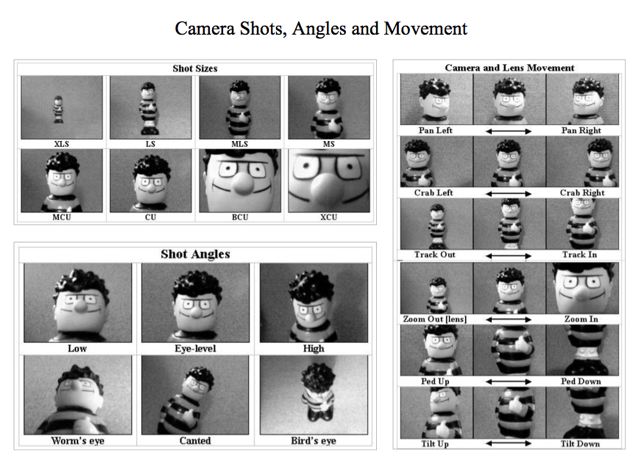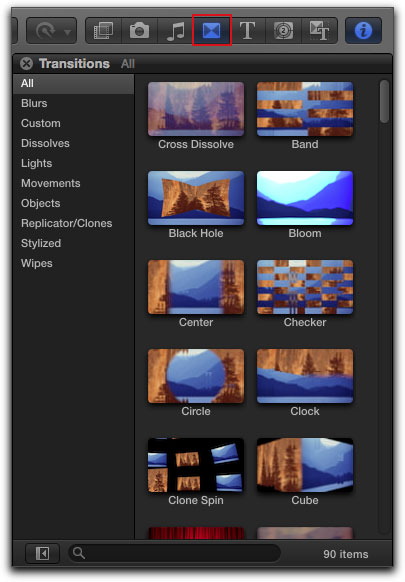A2 G325: Critical Perspectives in Media
The purpose of this unit is to assess candidates’ knowledge and understanding of media concepts, contexts and critical debates, through their understanding of one contemporary media issue and their ability to evaluate their own practical work in reflective and theoretical ways.
The examination is two hours.
You are required to answer two compulsory questions, on their own production work, and one question from a choice of six topic areas.
The unit is marked out of a total of 100, with the two questions on production work marked out of 25 each, and the media theory question marked out of 50.
There are two sections to this paper:
Section A: Theoretical Evaluation of Production (50 marks)
Section B: Contemporary Media Issues (50 marks)
Section A: Theoretical Evaluation of Production Candidates answer two compulsory questions.
The first requires them to describe and evaluate their skills development over the course of their production work, from Foundation Portfolio to Advanced Portfolio.
The second asks them to identify one production and evaluate it in relation to one theoretical concept.
Question 1(a) requires candidates to describe and evaluate their skills development over the course of their production work, from Foundation Portfolio to Advanced Portfolio. The focus of this evaluation must be on skills development, and the question will require you to adapt this to one or two specific production practices.
The list of practices to which questions will relate is as follows:
• Digital Technology
• Creativity
• Research and planning
• Post-production
• Using conventions from real media texts
Post production is a more ambiguous term for some media areas and thus examiners will credit your ability to demonstrate their understanding of the term in relation to their own work through whichever approach the centre encourages.
For film we might may consider post production to include editing, sound and effects and for games design a centre may distinguish between production of the game engine and post-production relating to sound and dialogue.
You should explain your use of the terms in their answers in the examination to aid the examiner.
In the examination, questions will be posed using one or two of these categories.
Where you have produced relevant work outside the context of their A Level media course, they are free to additionally refer to this experience.
Question 1(b) requires you to select one production and evaluate it in relation to a media concept.
The list of concepts to which questions will relate is as follows:
• Genre
• Narrative
• Representation
• Audience
• Media language
Media language refers to the ways in which media producers make meaning in ways that are specific to the medium in which they are working and how audiences come to be literate in ‘reading’ such meaning within the medium. For example, the ‘language of film’.
Section B: Contemporary Media Issues
This is where one question will be answered from a choice of six topic areas offered by OCR.
There will be two questions from each topic area.
The topic areas require understanding of contemporary media texts, industries, audiences and debates.
For the purposes of examination a contemporary media text is defined as being a media text that was published or released within five years of the examination date.
Each topic is accompanied by four prompt questions, and candidates must be prepared to answer an exam question that relates to one or more of these four prompts. There should be emphasis on the historical, the contemporary and the future in relation to the chosen topic, with most attention on the present.
These are the contemporary media issues:
• Contemporary Media Regulation
• Global Media
• Media and Collective Identity
• Media in the Online Age
• Post-modern Media
• ‘We Media’ and Democracy
More detail below -
Contemporary Media Regulation
• What is the nature of contemporary media regulation compared with previous practices?
• What are the arguments for and against specific forms of contemporary media regulation?
• How effective are regulatory practices?
• What are the wider social issues relating to media regulation?
You might explore combinations of: Film censorship, the regulation of advertising, the Press and regulation / control, computer / video game classification, the regulation of online media, social networking and virtual worlds, contemporary broadcasting and political control, the effects debate and alternative theories of audience, children and television, violence and the media or a range of other study contexts relating to the regulation of contemporary media.
Regulation might be researched in regard to media content, access, ownership and control and / or in relation to politics, public interest and democracy.
Global Media
• What kinds of media are increasingly global in terms of production and distribution?
• How have global media developed, in historical terms, and how inclusive is this trend in reality?
• What kinds of audience behaviour and consumption are increasingly global?
• What are the arguments for and against global media, in relation to content, access, representation and identity?
You might explore combinations of any two media in relation to the above prompts.
Examples are film and debates around cultural imperialism, television and national versus imported broadcasting, national press in relation to global news provision, media marketing aimed at crossnational territories, examples of media that contradict theories of globalisation or a range of other examples of global media practices.
Media and Collective Identity
• How do the contemporary media represent nations, regions and ethnic / social / collective groups of people in different ways?
• How does contemporary representation compare to previous time periods?
• What are the social implications of different media representations of groups of people?
• To what extent is human identity increasingly ‘mediated’?
You may analyse the representation of and / or the collective identity of one or more group(s) of people. You might explore combinations of any media representation across two media, or two different representations across two media.
Some examples are: National cinema, television representations, magazines and gender, representations of youth and youth culture, post-9/11 representations of Islam, absence / presence of people with disability in two media.
Media in the Online Age
• How have online media developed?
• What has been the impact of the internet on media production?
• How is consumer behaviour and audience response transformed by online media.
• To what extent has convergence transformed the media?
You might explore combinations of any two media, considering how each (or the two in converged forms) can be analysed from the above prompts.
Examples might be music downloading and distribution, the film industry and the internet, online television, online gaming and virtual worlds, online news provision, various forms of online media production by the public or a range of other online / social media forms.
Post-modern Media
• What are the different versions of post-modernism (historical period, style, theoretical approach)?
• What are the arguments for and against understanding some forms of media as post-modern?
• How do post-modern media texts challenge traditional text-reader relations and the concept of representation?
• In what ways do media audiences and industries operate differently in a post-modern world?
You might explore combinations of: How post-modern media relate to genre and narrative across two media, computer / video games, virtual worlds, augmented reality and new forms of representation, post-modern cinema, interactive media, social media and social networking, reality TV, music video, advertising, post-modern audience theories, aspects of globalisation, parody and pastiche in media texts or a range of other applications of post-modern media theory
We Media’ and Democracy
• What are ‘We Media’?
• Where / how has ‘We Media’ emerged?
• In what way are the contemporary media more democratic than before?
• In what ways are the contemporary media less democratic than before?
You might explore combinations of any two media in relation to the above prompts. Starting from Gillmor’s definition, all media that are ‘homegrown’, local, organic and potentially countercultural can be studied for this topic, as long as two media (eg blogging and digital film uploading and sharing) are studied.
Note that you should compare potentially alternative / progressive ‘we media’ examples with other examples of more orthodox production and ownership models.
The question also asks you to consider media within an understanding of democracy so any contemporary examples that support their argument will be credited.




